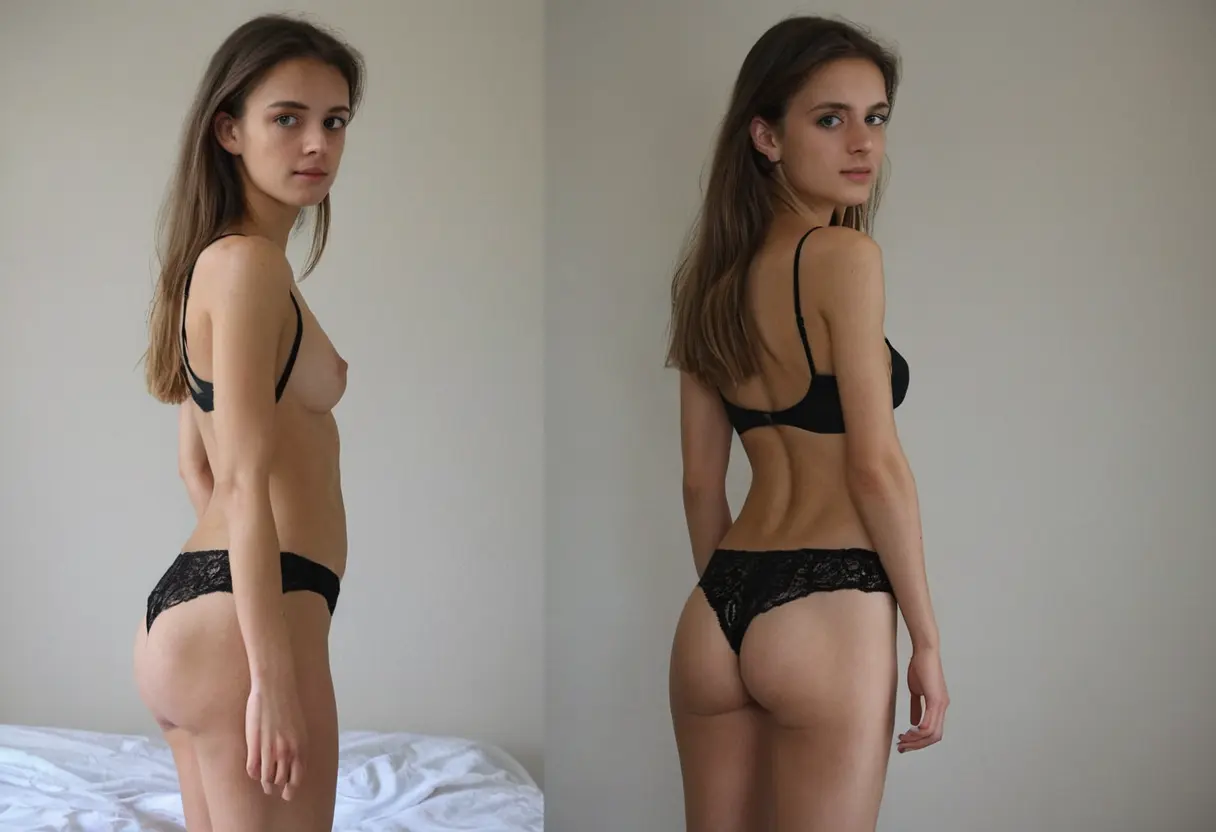In recent years, artificial intelligence (AI) has made significant advancements in various fields, including fashion and digital imaging. One of the most fascinating and controversial uses of AI is virtual clothing removal. This technology allows for the simulation of clothing removal in digital images and videos, often for purposes such as virtual try-ons, fashion design, or even research in digital privacy. In this article, we will explore the best AI applications for virtual clothing removal, discussing how they work, their uses, and potential ethical concerns. With AI technology constantly evolving, these tools are set to revolutionize the fashion and entertainment industries.
AI-powered virtual clothing removal applications use machine learning models, particularly deep learning algorithms, to analyze and process images. These models are trained on vast datasets of human body images, learning to detect the structure, features, and contours of the human body. By recognizing these key aspects, AI can distinguish between clothing and skin, allowing it to digitally “remove” the clothing while maintaining the natural look and feel of the body underneath.

Most AI applications for clothing removal rely on convolutional neural networks (CNNs), a type of deep learning architecture commonly used for image processing tasks. These networks can detect patterns in images, enabling them to understand complex details such as the texture of fabrics, folds, and body shape.

Several AI applications have emerged in recent years that specialize in virtual clothing removal or virtual try-on experiences. Below are some of the most popular and effective ones:

The applications of virtual clothing removal extend beyond just curiosity and entertainment. Some of the most common uses include:
While AI technology for clothing removal offers various benefits, it raises serious ethical concerns. Privacy is the most significant issue,https://www.undressaitool.com/ as this technology can be misused to exploit individuals or create inappropriate content. AI can generate highly realistic images that may not be consensual, leading to privacy violations, identity theft, or cyberbullying.
To mitigate these concerns, AI developers must implement ethical guidelines and safeguards, such as ensuring the consent of individuals whose images are used in training datasets. Furthermore, companies must take responsibility for how AI tools are employed and prevent malicious uses. Legislation and regulation surrounding digital content manipulation are also necessary to protect individuals from harm.
The future of AI applications for virtual clothing removal is undoubtedly promising. As technology continues to improve, we can expect even more realistic and efficient tools for fashion design, virtual try-ons, and other creative fields. However, as with any advanced technology, it is essential to balance innovation with ethical responsibility. By ensuring that AI tools are used responsibly, we can unlock the full potential of virtual clothing removal technology while protecting individual rights and privacy.
In conclusion, AI is revolutionizing the way we interact with digital images, offering unique possibilities in fashion and beyond. As these tools become more advanced and integrated into everyday applications, it is crucial to remain aware of the potential risks and ethical challenges they bring. The key to a positive future lies in striking a balance between innovation and respect for privacy and consent.

How AI Technology is Shaping the Future of Fashion and Body Image

Exploring the Impact of AI in Fashion and Virtual Undressing Technologies

How AI Bots are Transforming Fashion and Virtual Dressing Rooms

Unlock the Power of Undress AI Free App for Seamless Visual Transformations

How AI Technology is Transforming Fashion and Virtual Try-Ons for Women

Understanding the Ethics and Implications of AI in Image Alteration